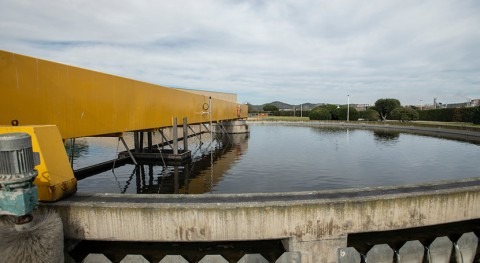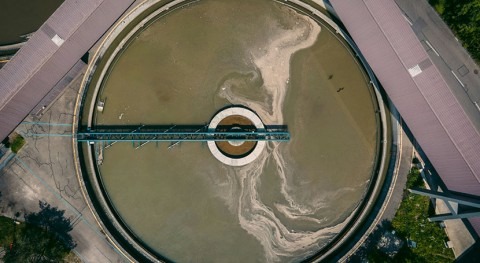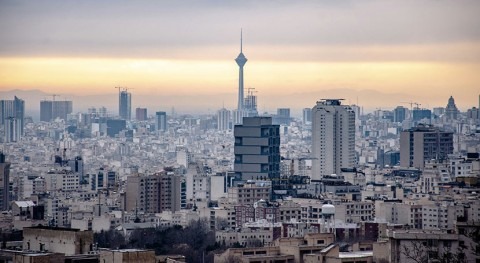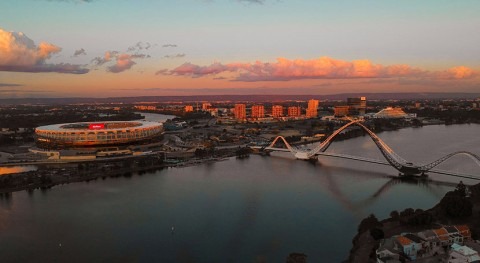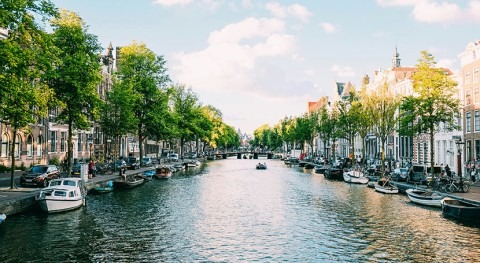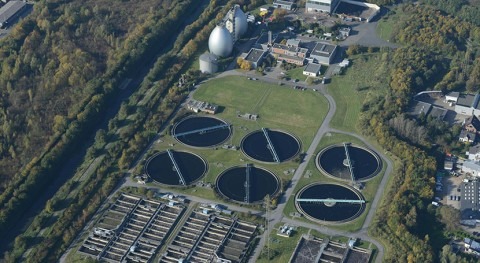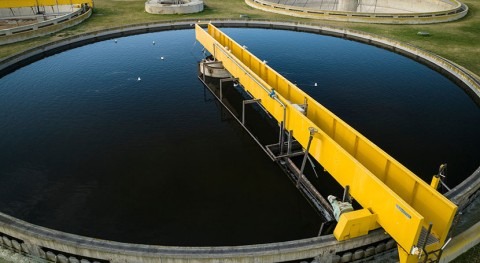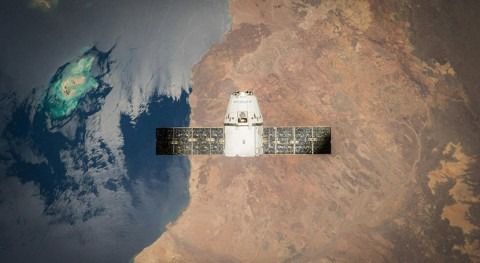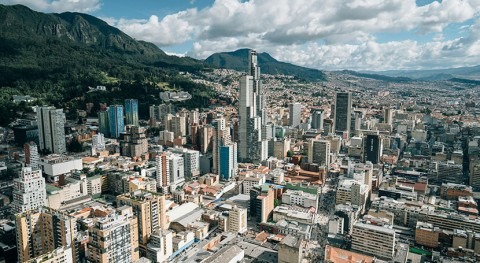These past few months at SWM we have talked a lot about water, and we have talked to a series of professionals involved in water communications at their respective entities. As Olivia Tempest pointed out, effective communication is at the heart of every business. But what does business communication entail in the water industry? Let us look at some key messages we heard.
A huge responsibility
Water is essential for life, so everything to do with it is not only business: water managers have a huge responsibility. As Stuart White (Thames Water) pointed out ‘More than 15 million people in the UK depend on Thames Water every day to go about their lives, so our responsibilities to the environment and customers are huge.’
And communications is a pending task, because, as Elena Reyna (Acciona), noted ‘most people have no idea the work it takes to have running water in their houses.’ Manuel García (Almar Water Solutions) emphasised the same point: ‘People should be aware of the complexity of the processes to obtain drinking water for their homes.’ And he added ‘Likewise, there is a lack of information about the real status of existing infrastructures.’
Marta Jiménez (IWA) highlighted the global dimension of the issues: ‘The severe water challenges facing the world today require an unprecedented and truly global response.’ And Nicole Samples (Schneider Electric), the social side of it: ‘It’s incomprehensible to me that we still have, in 2019, millions of people without access to clean drinking water.’
Water is essential for life, so everything to do with it is not only business: water managers have a huge responsibility
The influence of social media
Most communications professionals will tell you that social media have changed the way they do their work in just a few years. Water communications is no exception. As Elena Reyna told us ‘Social media has completely changed the way we communicate.’ And how so? Well, ‘It is the fastest way to transmit information and share content receiving instant feedback with little effort’, explained Manuel García. And Marta Jimenez concurs, communications is now a two-way process: ‘The Internet and social media networks have opened the way to a profound shift of the communications model of the 80s based on a passive unidirectional broadcast to a two-way dialogue communications.’
How can we take advantage of it? Stuart White was very positive ‘Social media has been great for publicising our good news’, while he also saw further advantages: ‘Of course, if customers lose water supply, they use social media to get in touch’. Companies can also now customise information based on their knowledge of their audience. As Nicole Samples noted ‘We can become much more personalized with our communications with the intent of giving customers only the relevant information that they need to make better buying decisions.’
Not a simple task: engaging the audience and other challenges
But communications is not an easy task; there may be more communications channels, but audiences experience an information overload. Engaging them is a challenge, as Stuart White noted ‘The challenge which we work hard to overcome is to get people really interested in all the cool things we do – like turning sewage into renewable energy!’. Marta Jimenez touched upon the wealth of information available: ‘One of the main communications challenges stems precisely from the proliferation of online information, where the selection, filtering, interpretation and sharing of relevant, trustworthy and quality content is essential’.
What strategies can be used? Manuel García suggested that ‘The key is to have the best communication professionals and put yourself in the reader's shoes, using language that all stakeholders understand.’ Nicole Samples said they have identified customers’ interests: ‘Our customers are interested in hearing about completed projects, specifically the challenges of other water or wastewater operations’.
Still, Elena Reyna singled out the great challenge for companies in the water sector: ‘to transfer to the consumer the value of water management (and therefore its costs)’.
Marta Jiménez (IWA) highlighted the global dimension of the issues: ‘The severe water challenges facing the world today require an unprecedented and truly global response.’
Cool stuff
Finally, some good news: communications success stories. To start with, adding a new term to the dictionary: fatberg. Stuart White told us how it happened: ‘Fatberg is a word invented by Thames Water to bring the very serious problem of sewer abuse – flushing wipes and draining fats – to life. We created a monster, something to fear, and the name is now used around the world and in the dictionary.’
Other stories are very visual. Do you want to grab people’s attention? How about a three-story high pile of dirty dishes in the middle of the river? Elena Reyna told us about Acciona’s striking way of raising awareness about waste water management during World Water Day. Almar Water Solutions also celebrated World Water Day with a special initiative: eliminating bottled water in all their offices.
Water efficiency is key, and more so in water scarce countries; Nicole Samples shared Schneider’s Electric success story at the Fujairah desalination plant, one of the world’s largest operating seawater reverse osmosis (SWRO) plants, located in the Middle East. They partnered with Acciona Agua to enhance the plant’s capacity, resulting in a 23% increase in the fresh water supply to the City of Fujairah.
Water efficiency is also at the core of IWA’s Principles for Water-Wise Cities. As Marta Jimenez told us, since their launch in 2016, ‘the Principles have rallied urban stakeholders across the world to manage water wisely in their cities’. And we would like to end with a light-hearted note, though a very serious issue. Marta also underlined how many organisations are doing a wonderful job in ingeniously raising awareness about essential water and sanitation services many of us take for granted: ‘WaterAid’s #GiveAShit campaign was also a playful campaign allowing users to customise the poop emoji to share with friends and donate to the cause to contribute to end open defecation’. Take a look at the campaign’s video: I take my hat off to them for such a clever effort.





